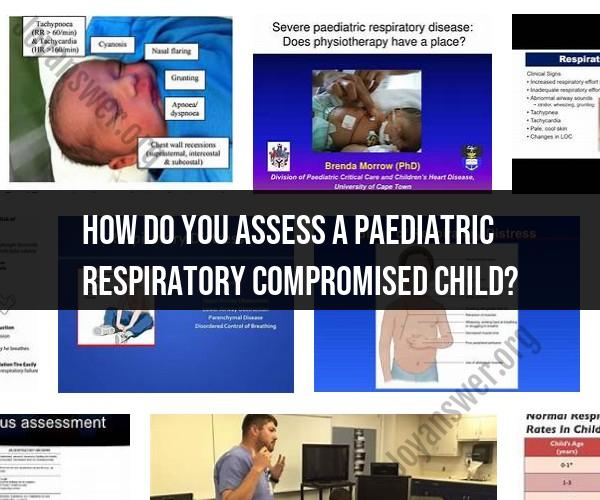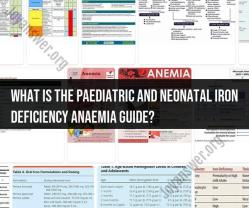How do you assess a paediatric respiratory compromised child?
Assessing a pediatric patient with respiratory compromise requires specialized knowledge and skills. This guide provides healthcare professionals with essential tips for effectively evaluating and managing respiratory issues in children.
Introduction to Assessing Pediatric Respiratory Compromise
Respiratory compromise in pediatric patients can be critical and requires prompt and accurate assessment to ensure appropriate intervention.
Age-Appropriate Assessment Techniques
When assessing a pediatric patient's respiratory status, consider age-specific techniques:
- Infants: Observe for nasal flaring, retractions, and use of accessory muscles.
- Toddlers and Preschoolers: Assess respiratory rate, chest movement, and breath sounds.
- School-Age Children: Observe for signs of distress, cyanosis, and oxygen saturation levels.
Observing Breathing Patterns
Pay attention to breathing patterns:
- Tachypnea: Rapid breathing may indicate respiratory distress.
- Bradypnea: Slow breathing can be a sign of impending respiratory failure.
- Irregular Breathing: Abnormal patterns may indicate underlying issues.
Assessing Oxygen Saturation
Use pulse oximetry to measure oxygen saturation levels in pediatric patients.:
- Normal Range: A healthy child should have oxygen saturation above 95%.
- Intervention Threshold: Below 90% may indicate the need for supplemental oxygen or further evaluation.
Listening to Breath Sounds
Listen for abnormal breath sounds using a stethoscope:
- Wheezing: High-pitched sounds suggest narrowed airways.
- Crackles: Clicking or crackling sounds may indicate fluid accumulation.
- Stridor: Harsh, high-pitched sounds during inhalation point to upper airway obstruction.
Assessing Signs of Distress
Identify signs of distress such as:
- Restlessness: Agitation may indicate inadequate oxygenation.
- Use of Accessory Muscles: Visible retractions during breathing.
- Cyanosis: Bluish discoloration of the skin and mucous membranes.
Prompt Intervention and Communication
If respiratory compromise is suspected:
- Administer Oxygen: Provide oxygen therapy as needed.
- Notify Medical Team: Communicate findings to the healthcare team.
- Prepare for Interventions: Be ready to administer medications or provide ventilatory support.
Conclusion
Effective assessment of pediatric respiratory compromise is crucial for timely intervention and optimal patient outcomes. By utilizing age-specific techniques and closely monitoring breathing patterns, oxygen saturation, and distress signs, healthcare professionals can provide appropriate care and support to pediatric patients in respiratory distress.



